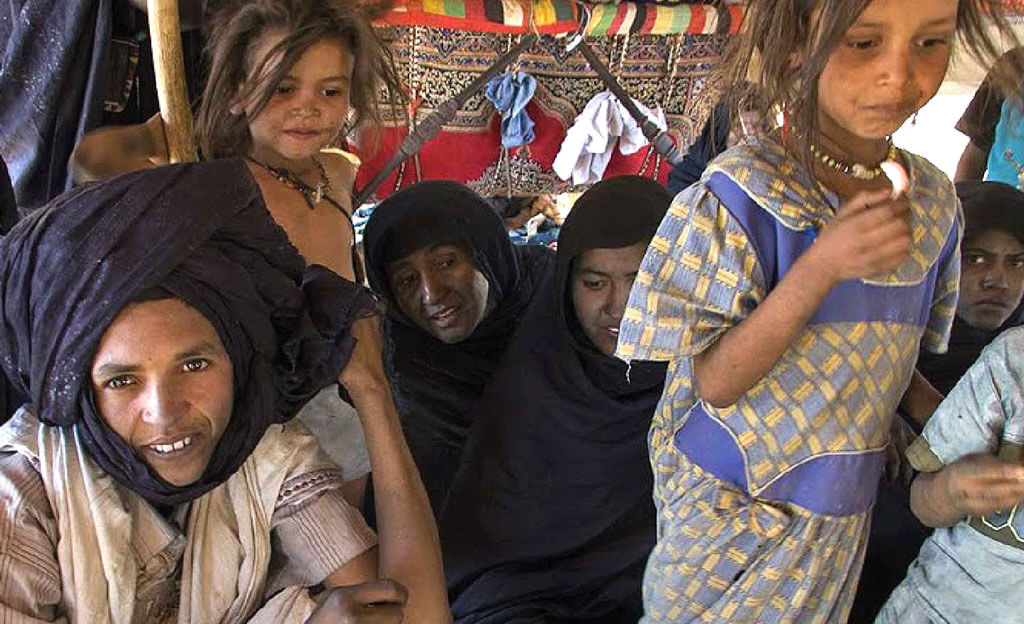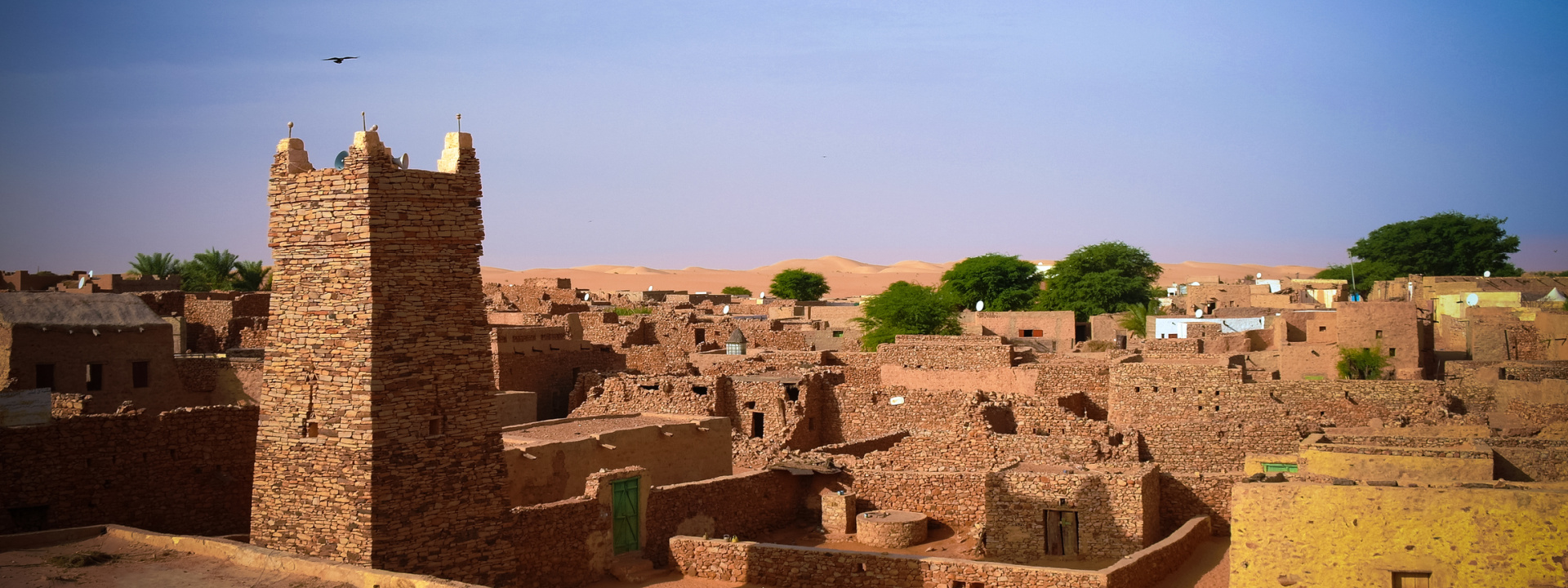
At twice the size of France, Mauritania is vast – but a full 90% of it is made up of the Saharan Desert, and a large swathe of its population still follows the nomadic traditions of their forebears, giving you the feeling of stepping into an entirely different world.
And with a population of only around five million for all that space, this little-known country really is a place for those who love adventures in the wilderness. Overnight desert camping is one of the highlights of much Mauritania travel, as most trips will include journeying along little-known desert trading routes. So Mauritania is not for the fainthearted, but it’s a sheer joy for those who rejoice in untouched lands.

As well as superlative desert scenery, Mauritania travel will reward you with captivating historic sites and rich cultural traditions within relative proximity of Europe – it’s one of the most exotic countries you can get to on a short(ish)-haul flight.
‘We both fell in love with Mauritania! The amazing desert cities of Ouadane and Chinguetti, where the sense of being on the old trans-Saharan trade routes was palpable. The astonishing geology of Mauritania was an unexpected delight; walking up to the sight of Ben Amera after our night camping is a moment we will never forget.’ Mark Stoker and Ann O’Hara
Where is Mauritania?
Mauritania is in northwest Africa, with an Atlantic coastline, and has cultural similarities with its neighbours, Algeria, Mali, Western Sahara and Senegal. The capital city of Mauritania, Nouakchott, was founded after independence in 1960.
Originally home to nomadic tribes, Mauritania was conquered during the westward march of Islam throughout Africa in the 7th century, and today it very much mixes African and Islamic traditions, linking the Arab Maghreb and western sub-Saharan Africa.
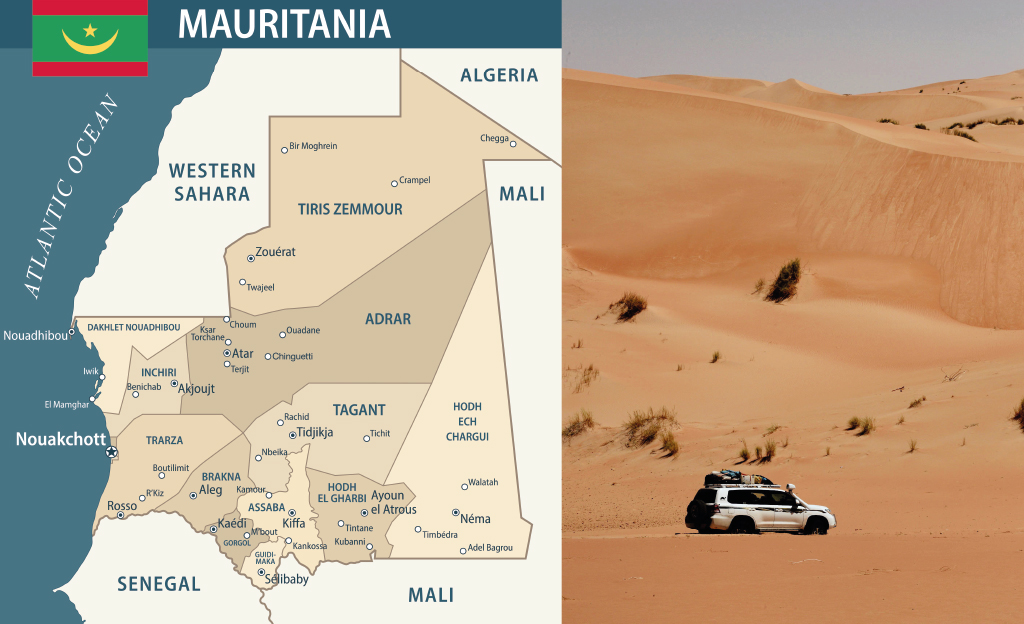
Much of the country consists of fields of dunes, arid mountains and oases, with the most scenic areas found in the central Adrar region. But Mauritania also has a long coastline and azure blue waters that are some of the most fish-rich seas in the northern hemisphere.
There are few cities here of any real note, and up until the devastating droughts of the 1980s, most of the population was nomadic. Now, the main centres of population are dusty, windblown Nouakchott and the coastal port of Nouadhibou, close to the border with Western Sahara.
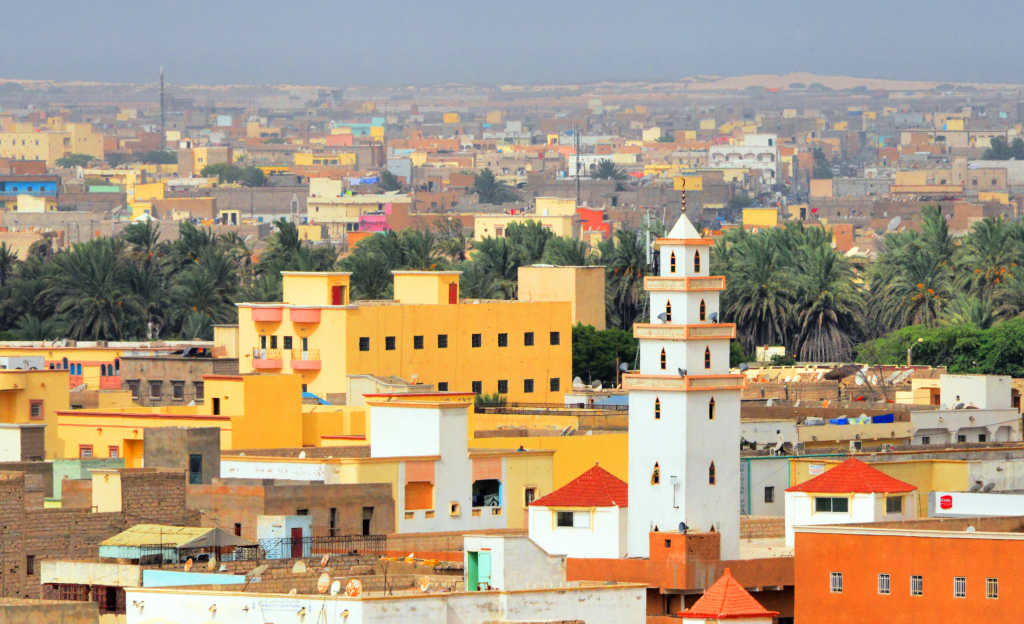
Why visit Mauritania?
Mauritania travel is a true adventure – a mainly desert-based trip across a landscape of soaring sand dunes and sculpted rocks, bringing you into contact with nomadic people, ancient cave paintings and caravans of camels. But the coast is just as beguiling in its own way: think epic bird and marine life, including monk seals and sea turtles, fishermen bringing in their nets with their catch to be sold in the bustling fish markets, and impressive shipwrecks.
One of the iconic experiences of Mauritania travel is finding a picturesque spot amidst the desert dunes or in the shelter of the gigantic monolith of Ben Amera while our team bake bread in the sand and prepares dinner. Often, you’ll be visited by a nomadic camel herder, keen to see what’s going on and for a bit of company in the vastness of the Sahara – a great opportunity to meet local people and understand a little of their customs.
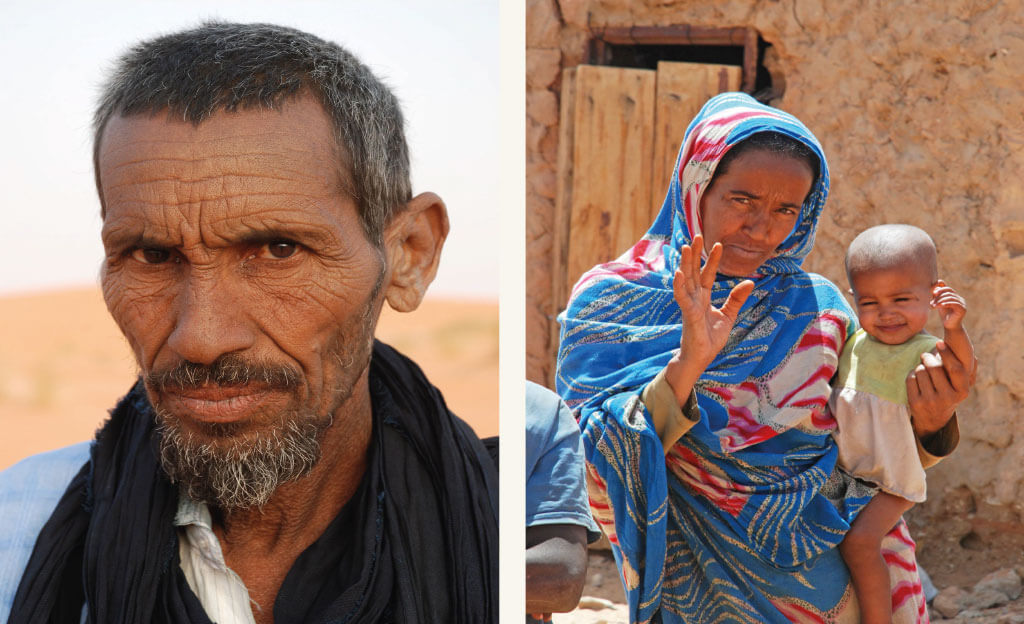
Deep in Mauritania’s desert also lie ancient cities that were once important on the Saharan trade routes. These declined in importance from the 15th century onwards once Portuguese navigators opened up marine exploration of Africa’s coastline, and today they provide a snapshot of a time gone by. In the desert city of Chinguetti, you can visit private libraries that house priceless scientific and religious manuscripts that have been handed down within families, many dating back to the Middle Ages.
You’ll also find much evidence of earlier people in Mauritania, with some important rock art sites, particularly in the Adrar region and also in the Tagant.
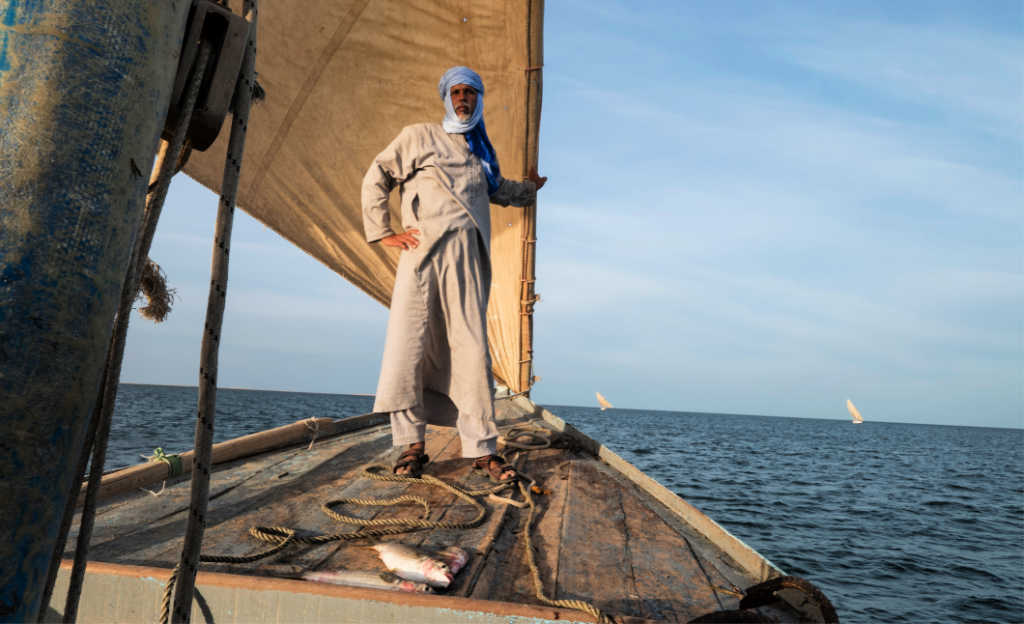
Away from the desert, on the coastline between Nouakchott and Nouadhibou, the Imraguen people are renowned for working with the local dolphin population to catch fish. This fascinating film on the Skilled Sailors of the Desert gives a window into the semi-nomadic lives of these people.
‘My dream came true when our driver Ahmed, got us to meet with the Imraguen people and share a cup of tea with them. It was such a privilege to meet people whose way of life has not changed for thousands of years.’ Nicholas Burlingham
Elsewhere, Mauritania is mainly populated by the Hassaniya Berbers, who are usually traditionally dressed in blue flowing robes and headscarves – a quintessential image of the country.
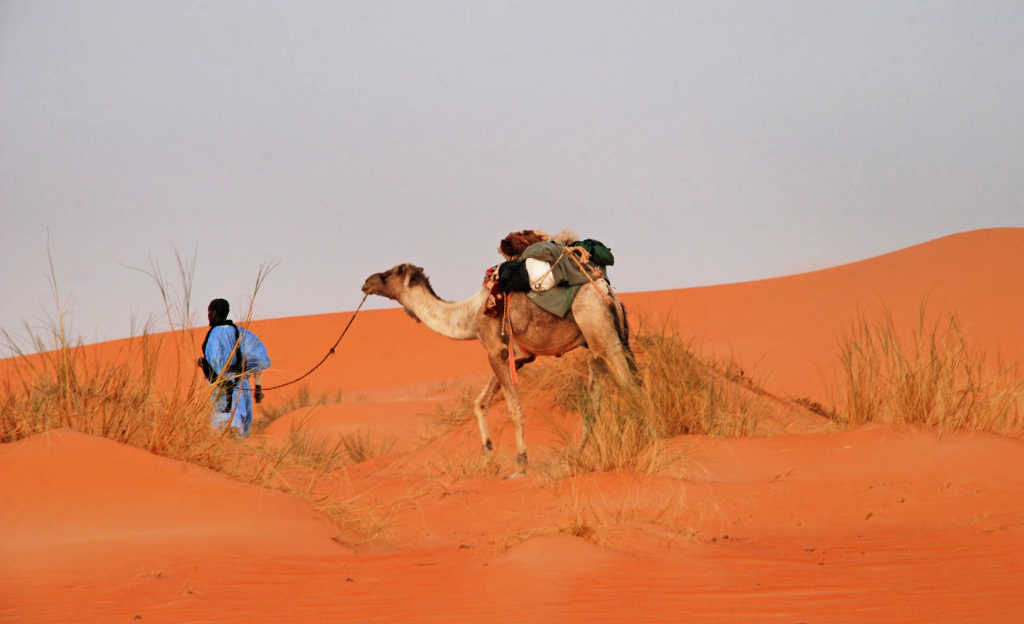
Also iconic and unique to Mauritania is the iron ore train, an enormous vehicle that can reach up to 3km long, carrying huge amounts of rocks and minerals 700km across the Sahara to the coast in Nouadhibou. You’re likely to see locals hitchhiking on the train as it’s the easiest way to get through the desert, and you may also spot other travellers taking a different adventure through the desert – very exhilarating for those brave enough!
Best time for Mauritania travel
Our Mauritanian group tours, From the Atlantic to Chinguetti and Mauritania Desert Adventure, run between October and March, outside the fierce heat of summer. It’s still very warm, but the nights can become colder, particularly in the early morning before the sun rises. Temperatures in Mauritania at this time are often in the high 20°Cs to low 30°Cs.
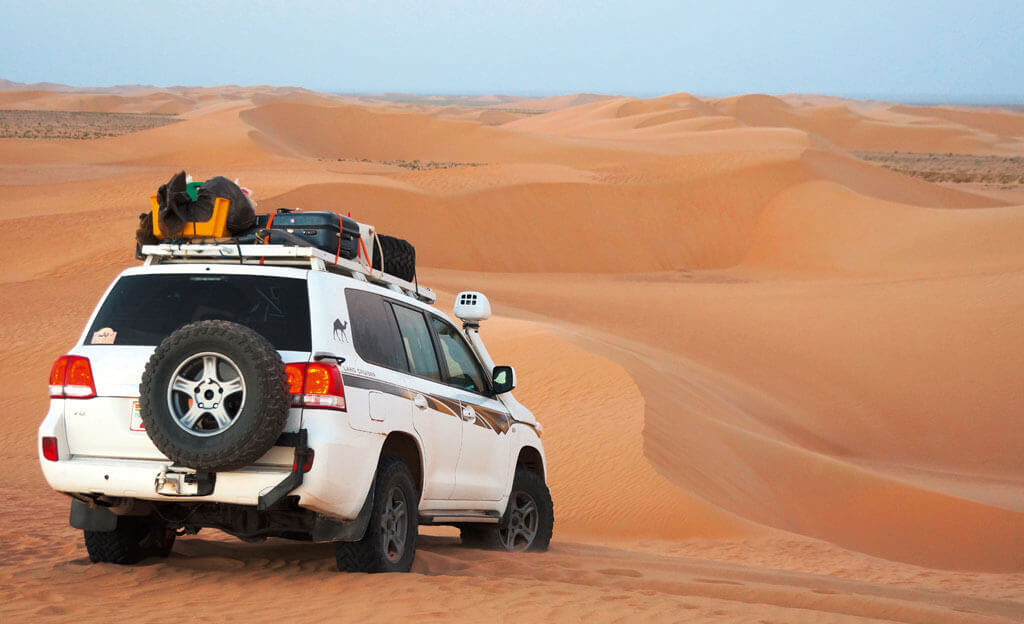
Best Places to Visit in Mauritania
– Chinguetti
This ancient Saharan city crafted from mud and bricks more than 1200 years ago, was a critical stopping-off point for trade routes through the desert. It was once home to 30 libraries filled with scrolls and texts of pilgrims and scholars from the 13th to the 17th centuries – today, five of these remain, guarding more than 1000 Koranic manuscripts. Wandering the sand-blown streets of Chinguetti, marvelling at the centuries-old architecture, is like stepping back in time. Both of our Mauritania tours will take you there.
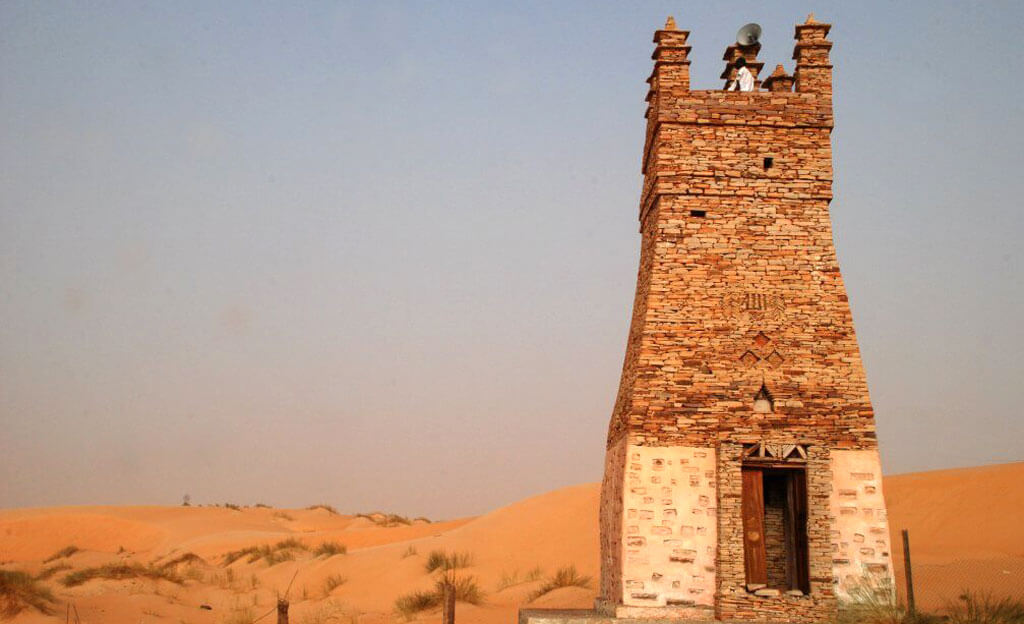
– Rock art
Another place for rock art is the remote Tagant region, included on our Mauritanian Desert Adventure. Here, you might also get to see some of the last remaining Saharan crocodiles, which ‘hibernate’ in caves in the fierce heat of summer.
‘I particularly liked the modern rock art near Ben Amera and the ancient rock art after Chinguetti. Just enough variety to keep each day interesting, from the ore train to the family library in Chinguetti to the last day’s outing to the camel market.’
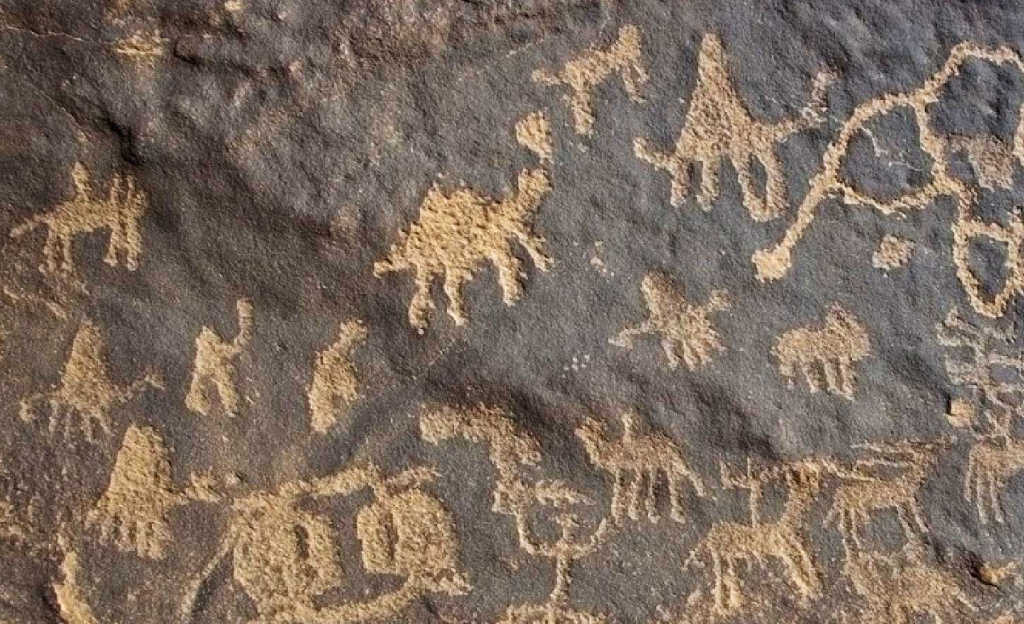
– Banc d’Arguin National Park
A UNESCO World Heritage Site, the Bay of Arguin on the coast between Nouakchott and Nouadhibou is a major site for migratory birds passing through Africa, as well as an important site for breeding. The islands of sandbanks in the national park are home to roosts and nests of flamingos, pelicans and terns. The park was established in 1976 to protect natural resources and fisheries, which are important parts of the nation’s infrastructure.
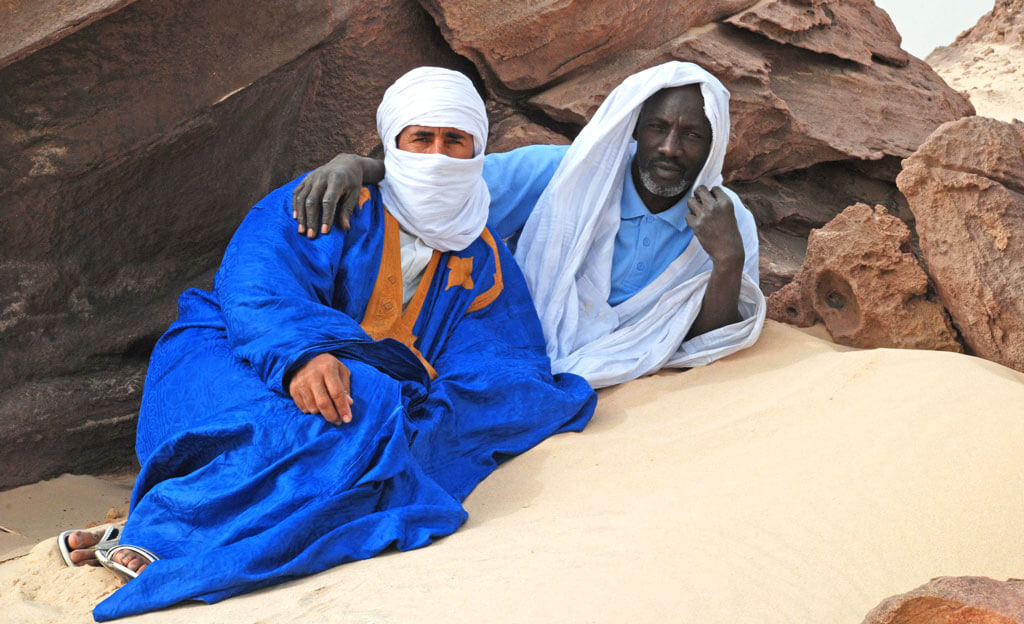
– Oualata
One of Mauritania’s prettiest towns, with colourfully painted houses decorated with white, red and purple clay and picturesque ancient doors sometimes studded with silver and copper, Oualata dates back to the 11th century, when the Ghanaian empire knew it as Birou. It was destroyed in 1076 by the Almoravids, then re-founded in 1224 by merchants fleeing Ghana’s capital. Oualata has kept its importance as a centre of Islamic scholarship through the centuries, and devoted Muslims wait up to 10 years to begin their studies here.
– Guelb er Richat
The Richat structure in the heart of Mauritania, also referred to as the ‘Eye of the Sahara’, is an ancient eroded geological dome 25km in diameter. Within the interior of the Richat are concentric rings of igneous rock, including volcanic rocks, caused by lava flows from the two distinct eruptive centres.
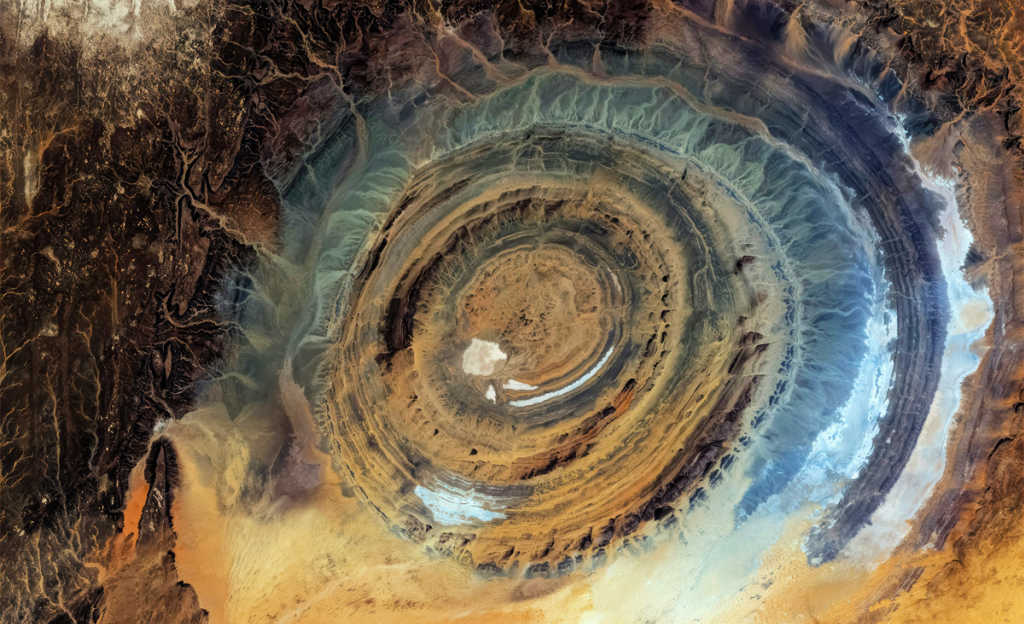
– Ouadane
Along with Chinguetti, Ouadane was another important trading post in the trans-Saharan trading routes. It’s home to a 15th-century mosque, as well as numerous other ruins slowly collapsing and merging into the desert. As the trade routes in the 16th century shifted towards the east, Ouadane fell into decline, but it’s still inhabited and is a fascinating place to wander around.
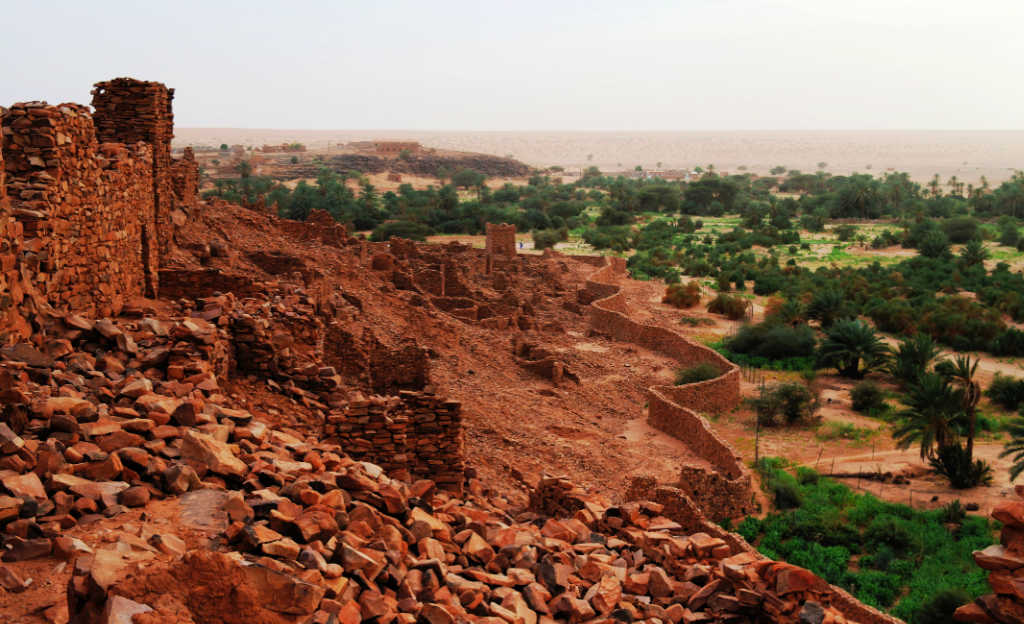
Mauritania travel – our tours
If you are attracted by the idea of Mauritania travel, we can offer you two different tours that explore the country. The first, From the Atlantic to Chinguetti, is a 10-day trip that takes you to the fishing villages of the Imragens, the Banc d’Arguin National Park with its rich birdlife, and the lovely beaches of Cap Blanca, before heading inland to take in Ben Amera, the Adrar region, Oudane and Chinguetti.
Our second, Mauritanian Desert Adventure, is 21 days of exploration that takes you straight out into the wild dunescapes to discover historic cities and ruined prehistoric villages, rock art, nomads in goat-hair tents, camel caravans and desert crocodiles in isolated waterholes.
For other longer trips that include Mauritania as well as other neighbouring countries, see our 31-day trip Marrakech to Bissau and our epic 55-day journey, Marrakech to Cotonou – West Africa Odyssey.
We’d love to tell you more and answer any questions you may have about Mauritania travel, so please do get in touch either by phone (01472 328 546) or using our contact page.
